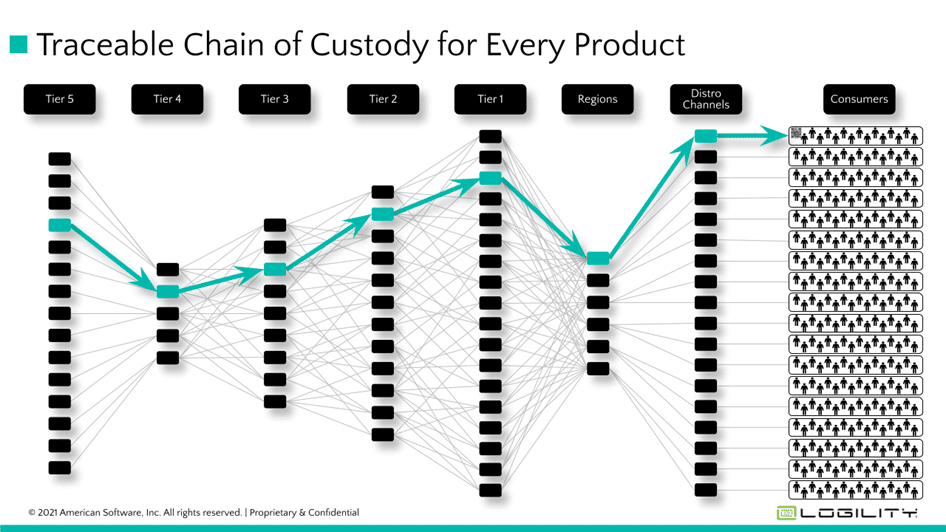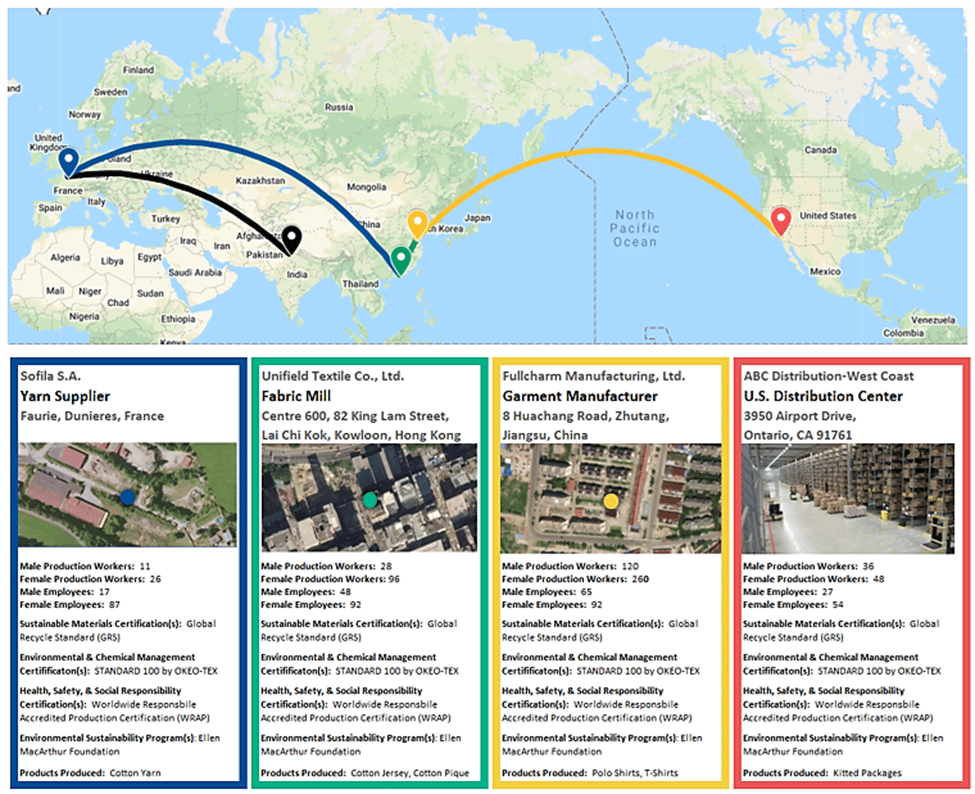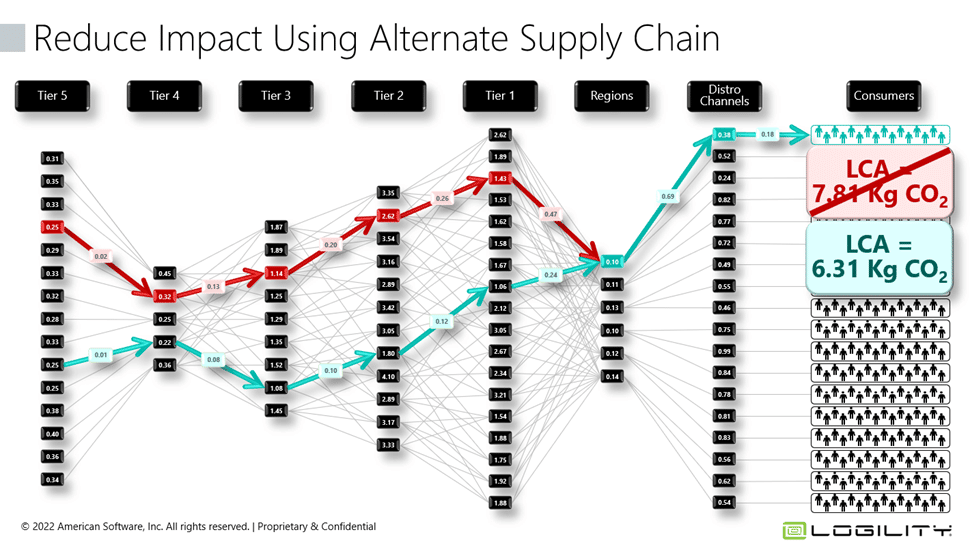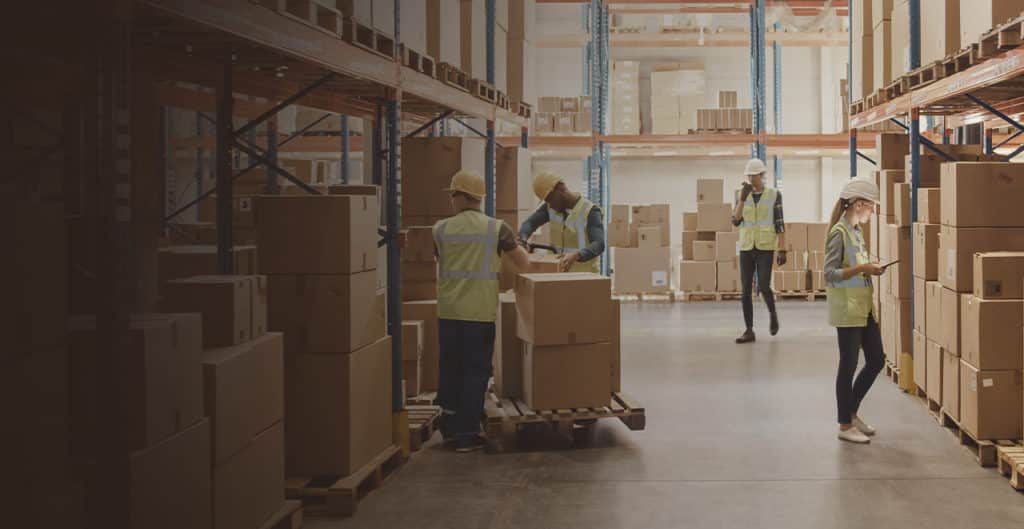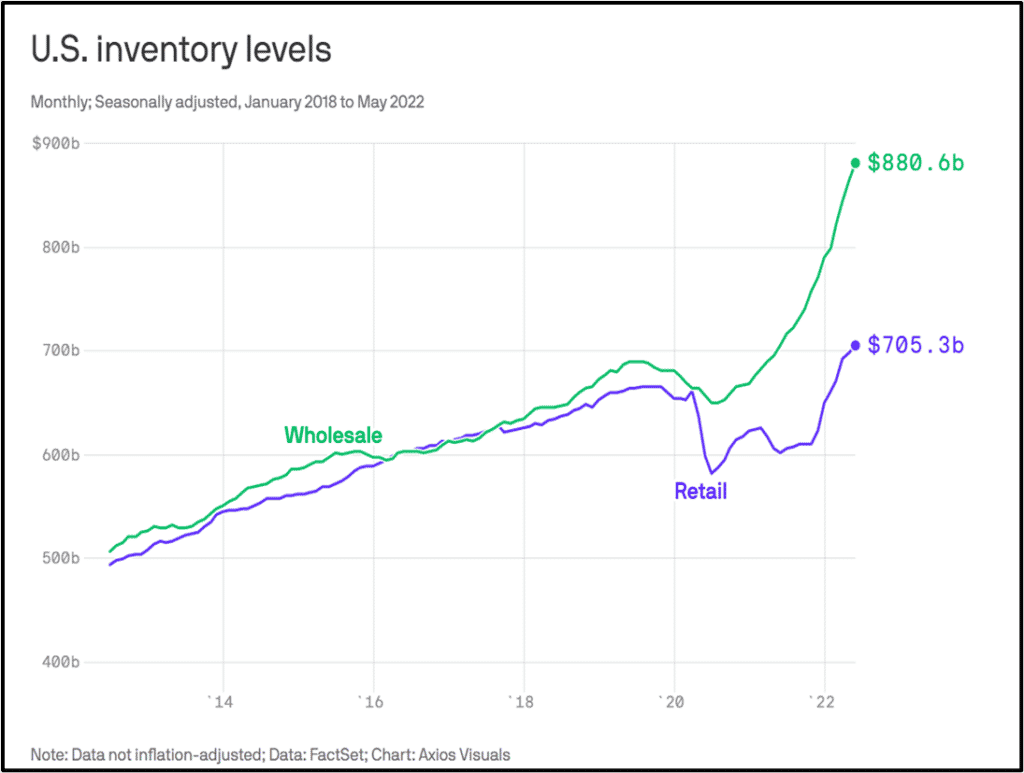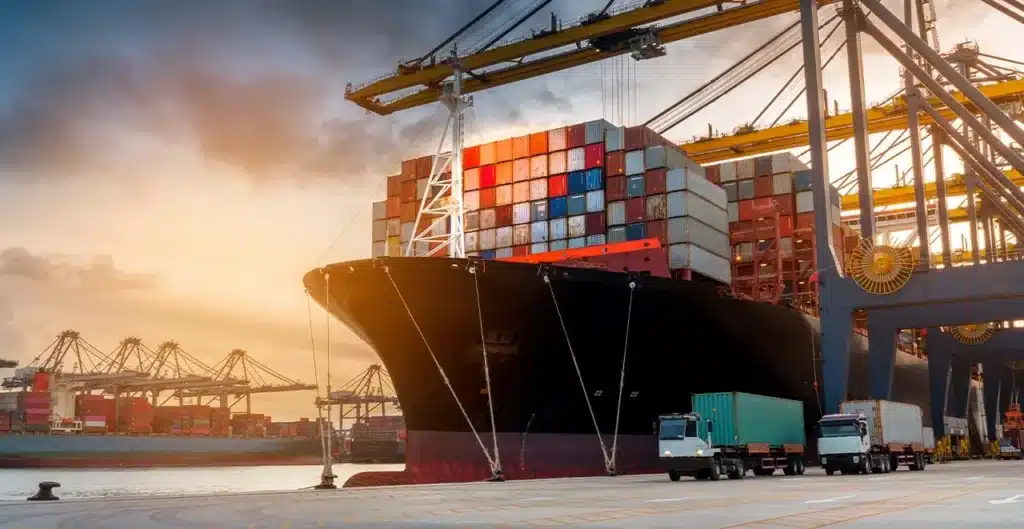Make over your supply chain to get visibility into potential future disruptions.
There’s always a lot at stake in supply chain management. Today’s unprecedented supply chain disruption challenges have led to executives looking for new ways of managing their supply chains, not just for today, but to prepare for future unpredictability. Technology leapt to the forefront as visibility into the entire supply chain became essential.
Lessons learned since the pandemic are the key to surviving new challenges. Prior to the pandemic, efficiency meant just-in-time manufacturing, but disruptions exposed the flaw in this approach. Production halts, container and transport shortages, and port logjams are just a few of the factors eating away at both efficiency and profits. What’s a supply chain manager to do? Let’s talk about supply chain disruption challenges and what you can do now that will also serve you in the future.
What are the Big Things Still Disrupting Supply Chains?
Circumstances seem to change on a daily basis. This port is clogged. Now that one is moving but another port is having difficulties. It never seems to end, and experts say we can expect at least another year of supply chain disruption challenges.
COVID-19 didn’t start it all, but it certainly exacerbated serious supply chain disruptions that emerged during the trade wars in 2018 and 2019.
The pandemic shut down ports and factories. This slowed down the movement of goods across the globe. Public health issues meant it was difficult to reopen the economy even partially, and we saw periodic opening and closing of both facilities and ports.
Then no one anticipated the strong bounce-back in consumer demand. The issue became trying to move gallons of water through a straw. This wasn’t helped by the fact that so many of the goods came from far away, which was just another opportunity for disruption to rear its ugly head.
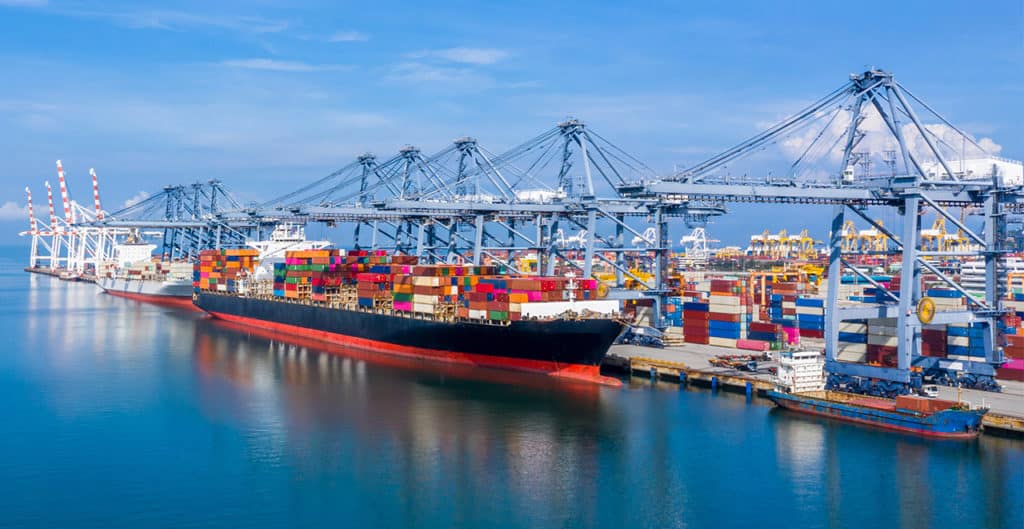
Then came Russia’s invasion of Ukraine
The Russian invasion has triggered supply chain disruptions and other obstacles that are hampering vital logistics and trade route implementation. And because of the catastrophic impact on the global food supply, as well as food prices, more than a billion people could be pushed into famine and destitution. Between them, Ukraine and Russia account for approximately one-third of global wheat production.
Sanctions, blocked Ukrainian ports, and stalled transportation routes have also disrupted the China-to-Europe supply chain. This means supply chain leaders have had to shift from using trains back to using ocean freight and getting goods to market takes longer.
It’s been an undeniable mess, and while you can’t always predict supply chain disruptions, it doesn’t mean you can’t be better prepared, with disruptions big and small now an accepted inevitability. It’s time to make over your supply chain to meet and overcome obstacles as well as create new flexibility to help you prepare for the future.
The Power to Predict Supply Chain Disruptions
It’s been a tough few years, and it’s hard to see a light at the end of the tunnel. But it’s time to accept that the world is in a constant state of flux. It’s hard to plan and confidently predict supply chain disruptions, so to sustain growth and create resilience in these uncertain times means developing agility. Agility means having the ability to respond quickly and think outside the box when necessary.
- Rethink just-in-time inventory policies: There could be another pandemic or another war. If a large-scale event happens and you don’t have back stock, you’re a threat to your own supply chain. It’s important to note that a lot of today’s worst supply shortages happen in supplier sub-tiers, where manufacturers lack visibility. You need transparency beyond the first tier so you can assess their vulnerability. Mitigating risk may mean finding new suppliers, redesigning supplier networks, revising inventory targets, building safety stock, and diversifying your sourcing strategies.
- Test what-if scenarios: Build multiple “what-if” scenarios so you can test quickly and observe what parts of the supply chain repeatedly fail. You can’t mitigate risks that you can’t see, and if you can’t see the problems, you can’t find solutions. This multiple-scenario testing may seem daunting, but it’s a great way to get insights into vulnerabilities that would impact your supply chain, as well as determining the impact of various costs and constraints on the supply chain network.
- Optimize network design: Optimize your complex supply chain network quickly and easily by addressing your most complex supply chain challenges such as determining how many facilities you should have and where they should be in order to meet your desired service levels and optimize costs.
- Share more data with suppliers: You don’t have to share everything, and you shouldn’t, but you should disclose data when conditions call for it. Working together with your suppliers can expose areas of supply chain disruption you hadn’t considered. If you are hesitant about sharing data, there are third-party firms that can analyze your supply chain, pinpoint weaknesses, and give you recommendations. However, the right supply chain management platform will give you the machine learning, artificial intelligence, and advanced analytics you need to perform your own in-depth analysis and recommendations.
- Evaluate supplier options beyond China: There was a time – in the 1950s and 1960s – when it seemed like everything was made in Japan. By 1979, China was one of the globe’s fastest-growing economies. In 1980, manufacturing in China began surpassing the world’s industrial powers one at a time, and in 2010, became number one when it overtook the United States. This can be part of your scenario planning, to consider looking beyond China’s sphere of influence to expand your vendor base.
- Build redundancy where possible in your supply chain. If your organization relies heavily on China or Eastern Europe, consider reshoring. Or you could near-shore to Mexico, Latin America, or other countries in Southeast Asia or the north of Europe. Be cognizant of other vendor issues that can cause supply chain disruptions such as lack of regulatory compliance, poor human rights, and environmental records – you don’t want to be doing business in another XUAR.
None of us has a crystal ball, which means we’re all preparing for an uncertain future. Only complete visibility into all tiers of your supply chain can give your organization a resilient, agile, and profitable tomorrow.
Logility Provides Transparency and Agility to Address Supply Chain Disruption Challenges
The Logility® Digital Supply Chain Platform accelerates the sustainable and resilient digital supply chain by leveraging advanced analytics, ML, and AI that empower your business with the visibility you need to create a supply chain that weathers disruptions with agility.
This means better sourcing decisions, more accurate planning, accelerated cycle times, improved precision, increased operating performance – everything you need to weather supply chain disruptions and constraints – while meeting your ESG goals.
We help organizations sense and respond to changing market dynamics and more profitably manage their global businesses to become resilient, sustainable enterprises. It’s time for a digital, sustainable supply chain. Reach out to our specialists today to learn more.



